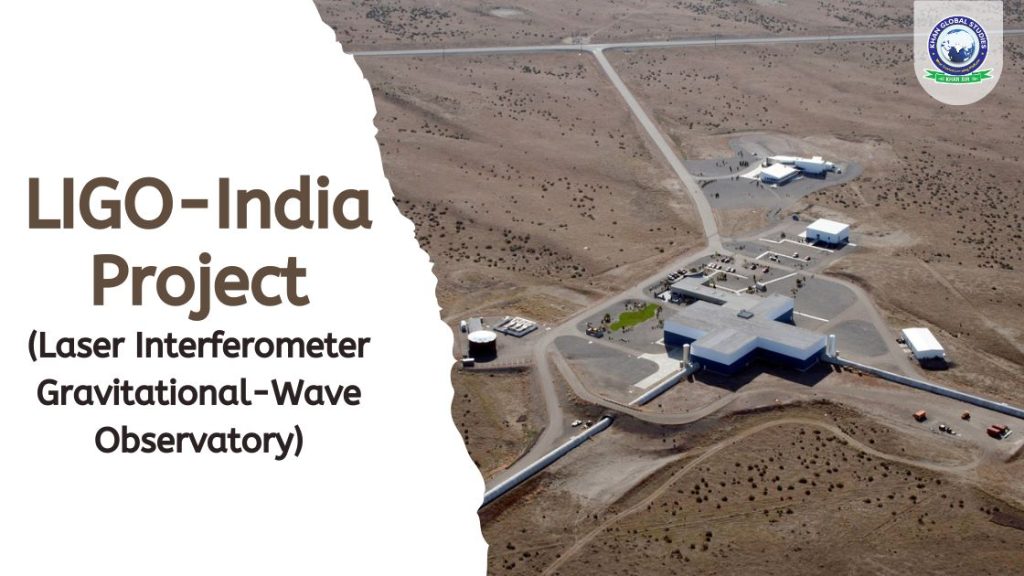The LIGO-India Project stands as a testament to human curiosity and scientific progress. In this article, we’ll shed light on the intricacies of the project, highlight fascinating facts, explore its sources, and discuss different types of gravitational wave detectors.
What is LIGO?
The Laser Interferometer Gravitational-Wave Observatory (LIGO) is a collaborative scientific project that aims to detect gravitational waves. Gravitational waves are ripples in the fabric of space-time caused by the acceleration of massive objects, such as black holes or merging neutron stars.
About LIGO-India Project
The LIGO-India project is an extension of the LIGO collaboration, which aims to build a gravitational wave observatory in India. This ambitious effort aims to expand the global network of detectors, improve sensitivity to gravitational waves, and broaden the scope of scientific discoveries in the field of astrophysics.
Facts about LIGO-India Project
- Historic Collaboration: The LIGO-India project represents a historic collaboration between the Indian scientific community and international partners including the LIGO Scientific Collaboration (LSC) and the Virgo Collaboration.
- Technological Marvel: The construction of the LIGO-India observatory incorporates state-of-the-art technology to detect extremely subtle gravitational wave signals, including ultra-precise laser interferometry and advanced seismic isolation systems.
- Scientific Milestones: Upon completion, the LIGO-India project is set to contribute to major scientific breakthroughs, such as the observation of neutron star mergers, black hole collisions and other cataclysmic events in the universe.
- Educational Impact: Apart from scientific research, the LIGO-India project aims to inspire and educate the next generation of scientists and engineers through outreach programmes, educational initiatives and public engagement activities.
Source of Gravitational Waves
Gravitational waves are produced by a variety of astronomical phenomena, including:
- Binary Black Hole Merger
- Binary Neutron Star Merger
- Supernova Explosion
- Cosmic Inflation in the Early Universe
Types of Gravitational Wave Detectors
- Interferometric Detectors: Examples include LIGO, Virgo, and the future LIGO-India observatory. These detectors use laser interferometry to measure small changes in the length of the perpendicular arms caused by gravitational waves.
- Pulsar Timing Tables: These detectors track the timing of pulses from rapidly rotating neutron stars (pulsars) to detect variations caused by gravitational waves passing through Earth.
- Space-Based Detectors: Proposed projects like LISA (Laser Interferometer Space Antenna) aim to place detectors in space to observe low-frequency gravitational waves.
Conclusion
The LIGO-India project represents an unprecedented initiative in the quest to unravel the mysteries of the universe. Through international collaboration, cutting-edge technology and a commitment to scientific exploration, this project promises to open new frontiers in astrophysics and expand our understanding of the universe. As the journey continues, the LIGO-India Observatory is set to contribute to humanity’s collective knowledge and inspire future generations of scientists and explorers.



